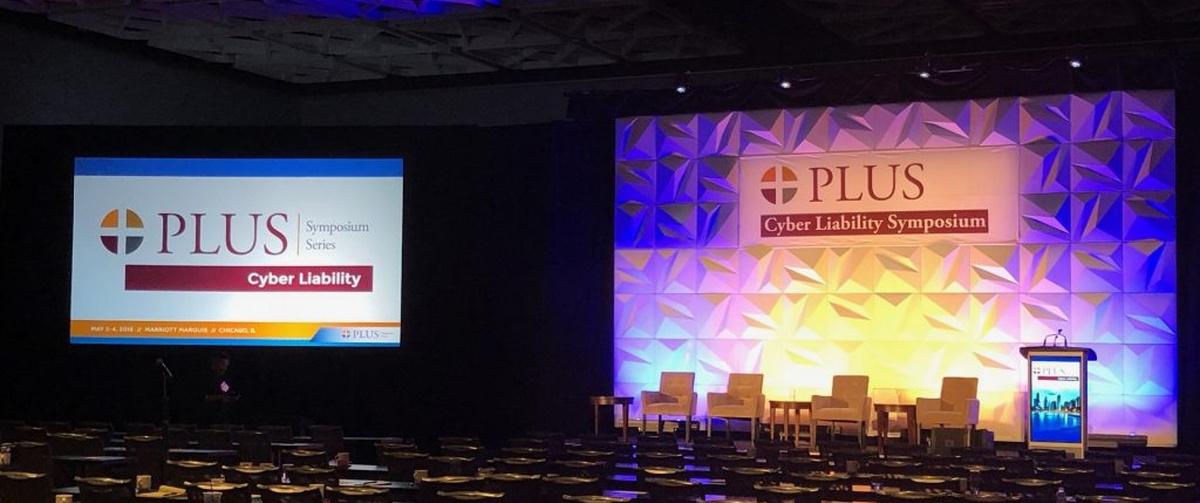
When it pertains to LED walls, a key most elements to consider is dot pitch. Pixel pitch refers to the space between the centers of two neighboring pixels on an light-emitting diode display. This measurement is usually expressed in mm. Understanding pixel pitch is crucial because it explicitly affects the resolution and sharpness of the images displayed. A reduced pixel pitch indicates that the pixels are closer together, resulting to a higher resolution, while a larger pixel pitch yields in a diminished resolution. Therefore, selecting the right pixel pitch is vital for achieving peak LED wall performance.
The choice of pixel pitch frequently is influenced by the viewing distance. For example, if the LED wall is meant to be seen from a further away, a larger pixel pitch may be suitable. This is because the human eye cannot readily discern individual pixels when they are farther away. On the contrary hand, if the wall will be observed up close, a smaller pixel pitch is necessary. In situations such as inside events, where viewers are typically closer to the screen, a reduced pixel pitch will offer a sharper and clearer image. Hence, understanding how sight distance affects pixel pitch is key to making an informed decision.
Another important consideration is the intended use of the light-emitting diode wall. Various applications, such as promotion, concerts, or conference meetings, may require different pixel pitches. For instance, an light-emitting diode wall used for site link promotional purposes in a shopping mall may gain from a pixel pitch that allows for lively colors and elevated detail so that it grabs the attention of passing shoppers. Conversely, an external LED wall used at a concert may focus on brightness and visibility rather than resolution, allowing for a larger pixel pitch. Thus, the particular context in which an light-emitting diode wall will be used is vital for determining the appropriate pixel pitch.
Pricing is also a major factor when choosing pixel pitch. Typically, LED displays with smaller pixel pitches tend to be more expensive due to the increased density of pixels and the sophisticated technology needed for manufacturing. While it may be enticing to choose a high-resolution display with a small pixel pitch, budget constraints often require a balance between quality and price. Organizations should evaluate their needs and decide how much they are prepared to invest in an LED wall, ensuring that the pixel pitch matches with their budgetary capabilities while still meeting performance expectations.
Ultimately, it is crucial to consider the maintenance and longevity of the light-emitting diode wall when choosing pixel pitch. Displays with smaller pixel pitches can sometimes be more fragile and may need more meticulous handling and maintenance. Regular upkeep is required to ensure that the display functions optimally over time. Understanding the maintenance requirements and potential issues associated with varied pixel pitches can help organizations make a more informed choice. By considering all these factors, including sight distance, planned use, budget, and maintenance, individuals can choose the ideal pixel pitch for optimal LED wall functionality.